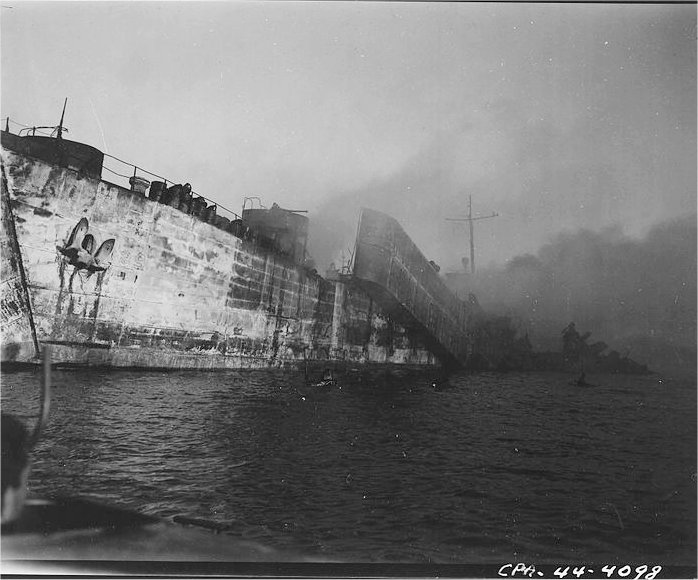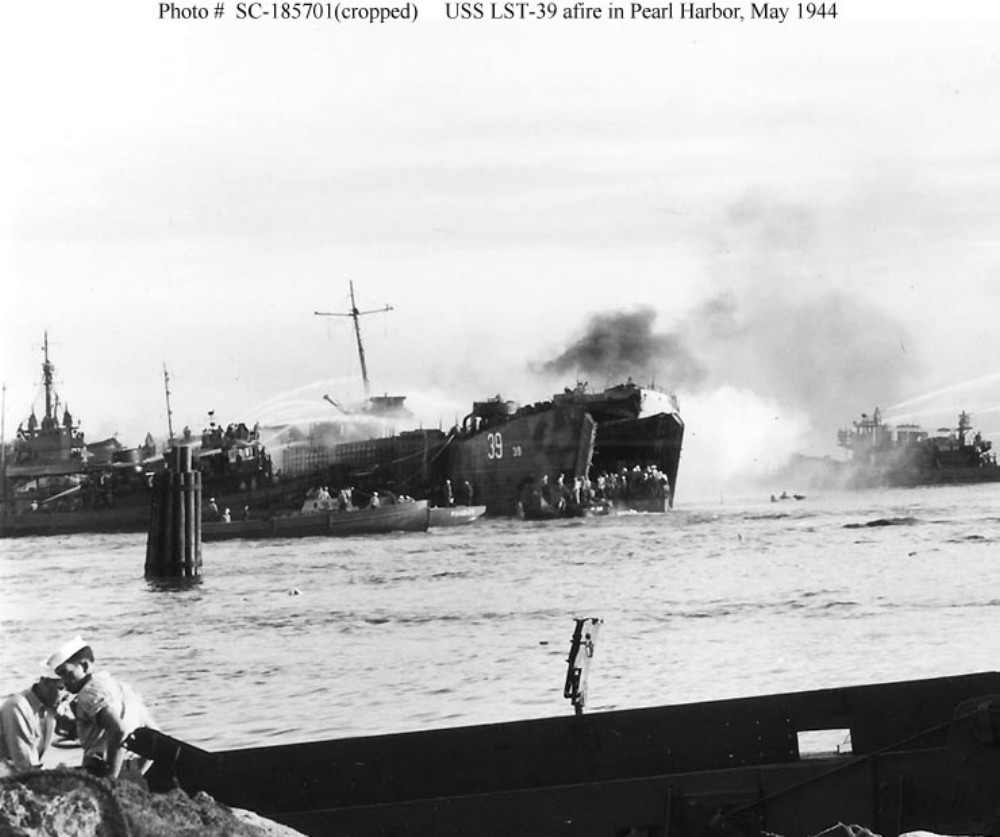During Captain Cookʻs visit to Hawaiʻi on his third voyage of exploration in 1779, then-Lieutenant King (later Captain) noted, “During the following night, the cutter belonging to the Discovery was stolen …”
“This irritated captain Cook, and he gave orders to stop all the canoes that should attempt to leave the bay, intending to seize and destroy them, if he could not recover the cutter by fair means.” (Captain King’s Journal)
“The natives now collected in vast numbers along the shore, and began to throng round captain Cook”. Shortly after, “Captain Cook, the last time he was seen distinctly, was standing at the water’s edge”.
“… he was desirous of preventing any farther bloodshed … whilst he faced the natives, none of them had offered him any violence, but having turned about to give his orders to those in the boats, he was stabbed in the back”. Cook was killed. (Captain King’s Journal)
One of the Hawaiians at the scene was Naukane, son of Kamanawa (Kamehameha’s uncle and one of his closest allies – Kamanawa (left) and Kameʻeiamoku, his twin brother (right) were later memorialized on the Hawaiʻi coat of arms.) (Kittelson)
When Kamehameha moved his Royal Center to Honolulu, his chiefs came with him. Naukane, then in his early twenties, accompanied his father and probably became involved in royal court life. However, fascinated by the growing number of ships calling in the islands, Naukane looked to the sea. (Kittelson)
His chance came in February 1811, when John Jacob Astor’s ‘Tonquin,’ under the command of Captain Jonathan Thorne, called. The captain wanted to hire twenty-four of the Islanders, twelve as seamen and the remaining half to establish a post for the Pacific Fur Company on the Columbia River.
This was the first large group of Hawaiians to come to America. The king appointed Naukane to go with them as a royal observer. (Duncan)
Because Naukane resembled one of the Americans, he became known as John Coxe and retained the name throughout his long and colorful life in the Pacific Northwest (he also went by John Cox and Edward Coxe, or, simply Coxe.) (Duncan)
The Tonquin reached the mouth of the Columbia in March; after a few days looking, they selected a site and by the end of May they had completed Fort Astoria. It was the first American-owned settlement on the Pacific coast of what was to become the United States.
Astor planned the post to grow into a permanent settlement, with plans to develop a large trade ring that included New York, the Pacific Coast, Russian Alaska, Hawaiʻi and China. The furs collected in the northwest and Alaska, would be shipped to China and exchanged for porcelain, silk and other cloth, and spices that would be brought back, via Hawaii to New York.
Other operators had other posts. In the summer of 1810, Jacques-Raphaël Finlay (Jaco Finley) of the North West Company built Spokane House at the junction of the Spokane and Little Spokane rivers.
Shortly after arriving in the northwest, Coxe started working for Canadian David Thompson of the North West Company. Coxe later spent the winter of 1811-1812 at Spokane House with Finlay. On those expeditions, Coxe became the first Hawaiian to visit the inland Northwest.
Coxe accompanied Thompson “across the Rocky Mountains from western Montana and in the long trail to Fort William on Lake Superior. … John Coxe also took the trail east from Fort William but his road led to Quebec, where he created a sensation with his stories of Hawaiʻi and his demonstrations of Polynesian dance steps.” (Taylor)
By 1813, Fort Astoria and all other assets in the area were sold to the North West Company – they renamed it Fort George. Coxe continued to work there until August, 1814, when all of the Hawaiians at Fort George were sent back to the Islands.
Comfortable with the service from the Hawaiians, in 1817, North West sent a ship “to bring as many of the Sandwich Islanders to the Columbia river as we could conveniently accommodate.” (Corney)
(In 1821, the Hudson’s Bay Company combined with the North West Company, and the post name was changed back to Fort Spokane.)
After he returned to Honolulu in 1815, Coxe probably reverted to his native name, Naukane. He was well received by Kamehameha.
Not only was Naukane the son of one of Kamehameha’s closest advisors, and a member of Liholiho’s entourage, but he had traveled widely. Kamehameha I died in 1819 and Naukane rose in stature when Liholiho ascended the throne. (Kittelson)
Naukane’s expeditions did not end on the American continent. Because of his familiarity with western ways (with travels to America, Europe & South America) and his personal ties, when Liholiho departed on November 27, 1823 to England aboard the L’Aigle to discuss the future of his Islands with George IV, Naukane accompanied the King.
The King Kamehameha II and Queen Kamāmalu died of measles in July 1824; apparently Naukane’s travels had built up his immunity, for he was hardly bothered by measles.
King George IV held an audience for the remaining Hawaiians at Windsor Castle on September 11; Coxe was present. The bodies of Liholiho and his queen were returned to Hawaii aboard the frigate Blonde captained by Lord Byron.
With the King dead, Naukane no longer was bound, and he immediately offered his services to the Hudson’s Bay Company and returned to the Northwest. He was only one of approximately thirty-five Islanders working for the company by 1825. (Duncan)
The firm’s base of operations had been transferred from Fort Spokane to a new site farther inland, Fort Vancouver. Coxe worked for a few more years; then the company retired him and gave him a plot of land two miles below the fort. (Kittelson)
Naukane died February 2, 1850. The vast plain between Fort Vancouver and the Columbia became the Hawaiian’s memorial – Coxe’s Plain … “A couple of miles below the fort (Vancouver) there were luxuriant meadows of great extent.”
“A portion of these bore at that time the name of Coxe’s Plain, a name I think which it still continues to bear. Old Coxe, a native of the Sandwich Islands and a very original character, was the swine-herd and had his residence there among the oaks which dotted the verge of the plain.” (Anderson; Barry)
































































